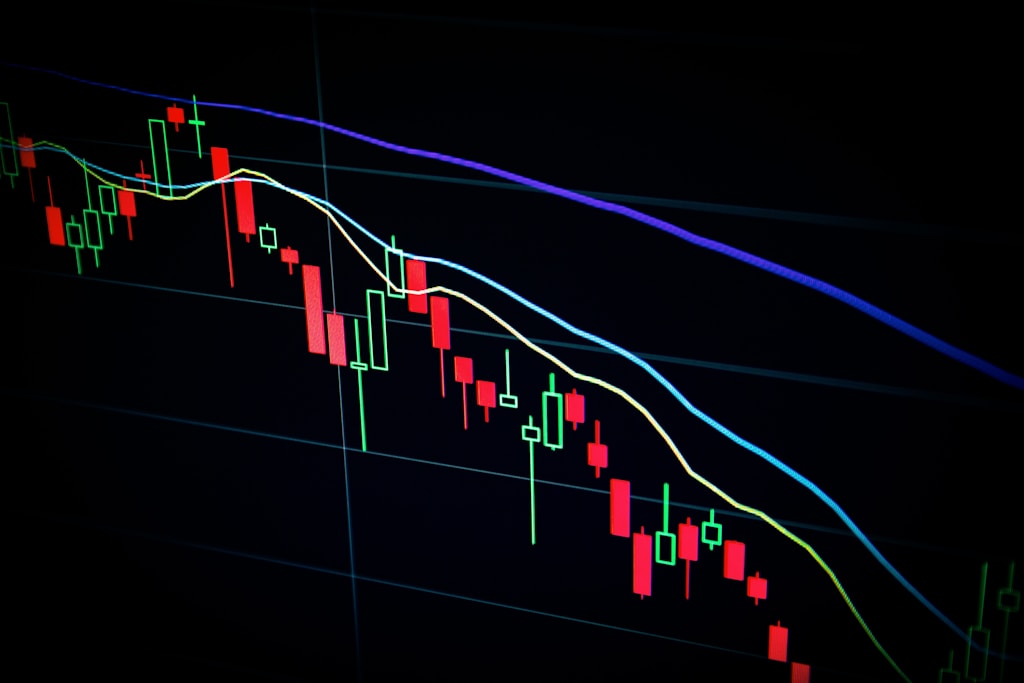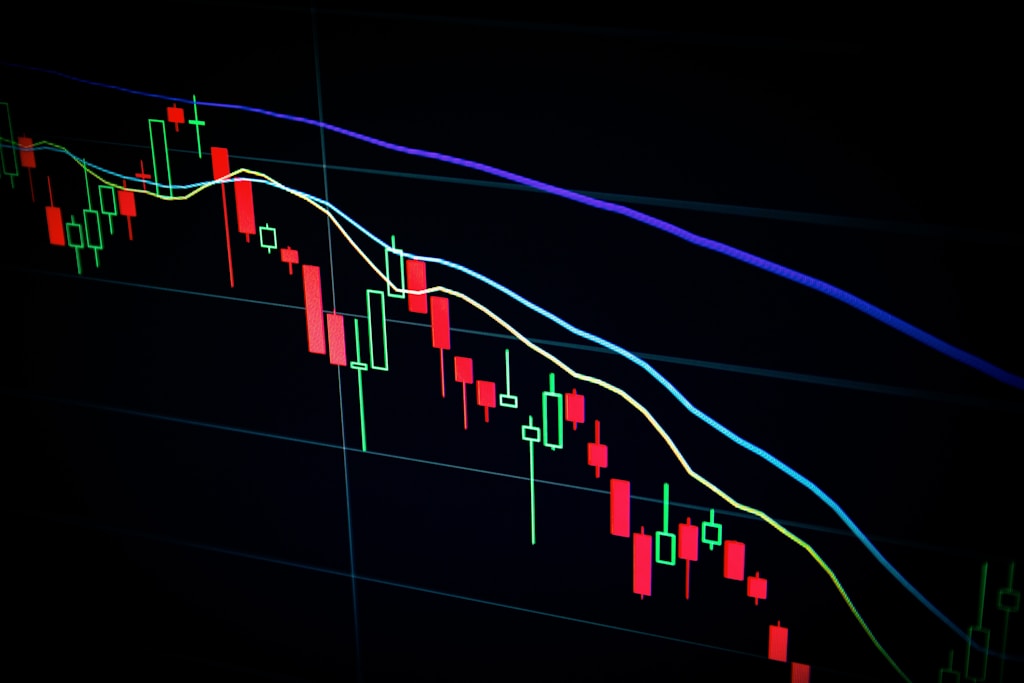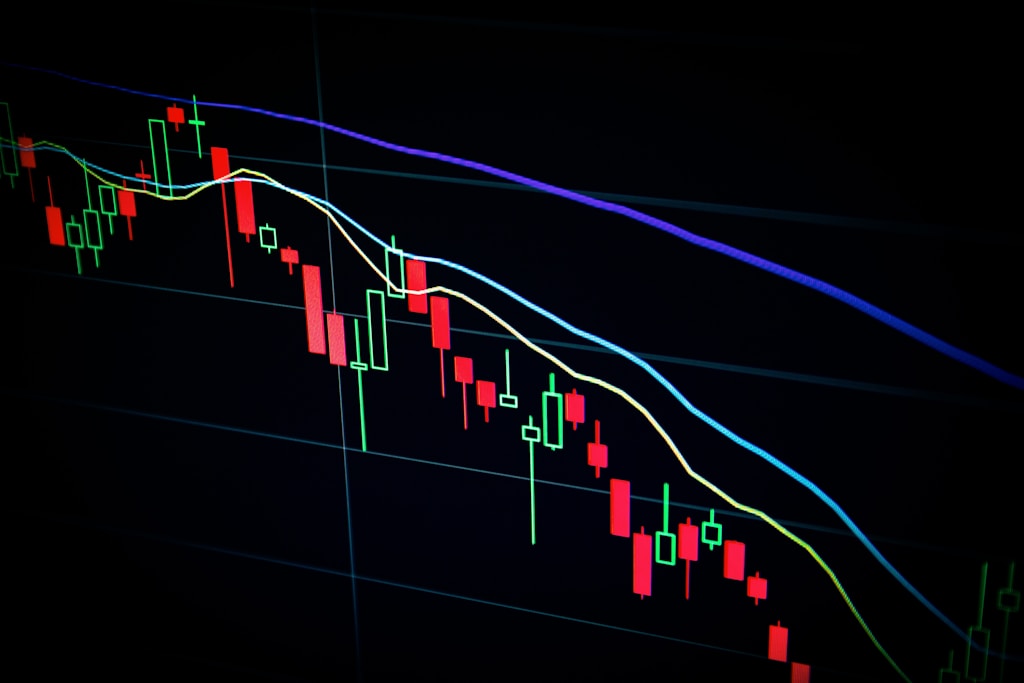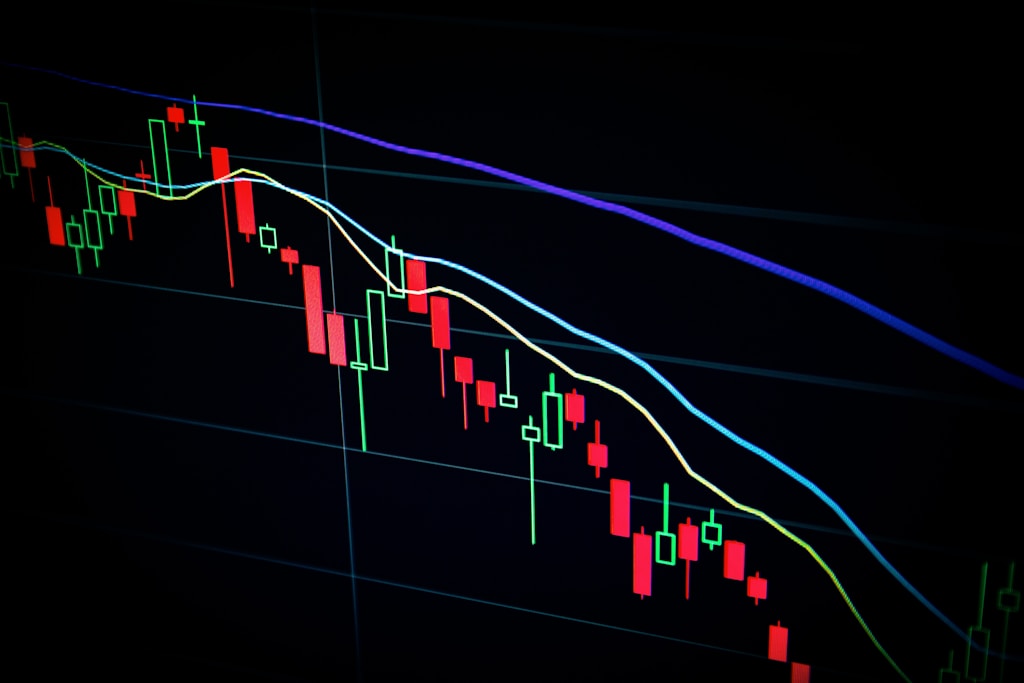Bitcoin Breaks $90K: Trump’s Fed Comments Spark Market Rally
Bitcoin has surged past the critical $90,000 level for the first time since early March 2025, as markets show resilience following former President Donald Trump’s recent criticism of Federal Reserve policies. This breakthrough comes amid increasing institutional interest and broader market recovery signals.
As Trump’s recent demands for Federal Reserve rate cuts continue to influence market sentiment, Bitcoin’s price action suggests strong momentum building in the crypto markets.
Market Impact and Technical Analysis
The flagship cryptocurrency’s return to the $90,000 mark represents a significant psychological barrier breakthrough, particularly following recent consolidation above $88,000 support levels. Technical indicators suggest potential for further upside, with several key metrics pointing to sustained bullish momentum.
Broader Market Implications
The crypto market’s positive response to macroeconomic developments suggests a maturing relationship between traditional finance and digital assets. This movement aligns with recent predictions of Bitcoin reaching $100,000, driven by institutional adoption and treasury-led initiatives.
FAQ Section
What caused Bitcoin to break $90,000?
A combination of market recovery, institutional buying, and positive sentiment following Trump’s Federal Reserve comments contributed to the breakthrough.
Is this rally sustainable?
Technical indicators and market fundamentals suggest strong support levels, though volatility should be expected.
How does this affect other cryptocurrencies?
Bitcoin’s movement typically leads the broader crypto market, with most major altcoins showing correlated gains.






